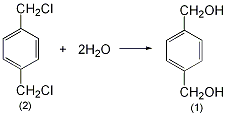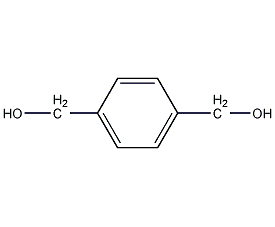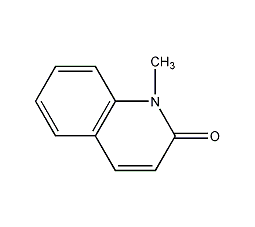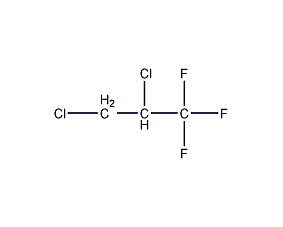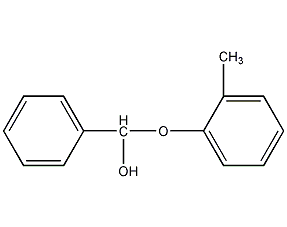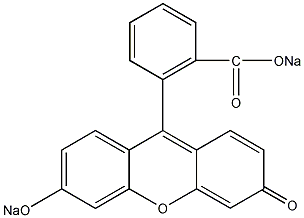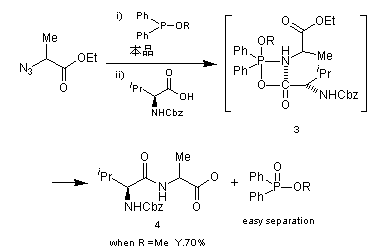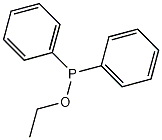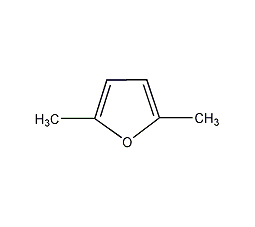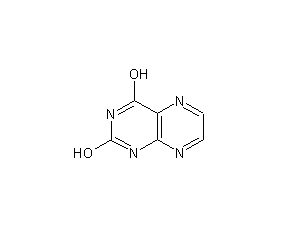Phenolphthalein disodium salt solution


Structural formula
| Business number | 05C5 |
|---|---|
| Molecular formula | C20H12Na2O4 |
| Molecular weight | 362.29 |
| label |
3,3-Bis(4-hydroxyphenyl)-1(3h)-isobenzofuranondisodiumsalt, 3,3-Bis-(p-hydroxyphenyl)phthalide disodium salt |
Numbering system
CAS number:518-51-4
MDL number:None
EINECS number:None
RTECS number:None
BRN number:None
PubChem ID:None
Physical property data
1. Character:Undetermined
2. Density (g/ cm3,25/4℃): Undetermined
3. Relative vapor density (g/cm3,Air=1 ): Undetermined
4. Melting point (ºC): Undetermined
5. Boiling point (ºC,Normal pressure): Undetermined
6. Boiling point (ºC,8kPa): Undetermined
7. Refractive Index: Undetermined
8. Flash Point (ºC): Undetermined
9. Specific optical rotation (º): Undetermined
10. Autoignition point or ignition temperature (ºC): Undetermined
11. Vapor pressure (kPa,25ºC): Undetermined
12. Saturated vapor pressure (kPa,60ºC): Undetermined
13. Heat of combustion (KJ/mol): Undetermined
14. Critical temperature (ºC): Undetermined
15. Critical pressure (KPa): Undetermined
16. Oil and water (octanol/Log value of water) partition coefficient: Undetermined
17. Explosion limit (%,V/V): Undetermined
18. Lower explosion limit (%,V/V): Undetermined
19. Solubility: UndeterminedToxicological data
None yet
Ecological data
This substance may be harmful to the environment, and special attention should be paid to water bodies.
Molecular structure data
None yet
Compute chemical data
1. Reference value for hydrophobic parameter calculation (XlogP): 4.4
2. Number of hydrogen bond donors: 1
3. Number of hydrogen bond acceptors: 4
4. Number of rotatable chemical bonds: 3
5. Number of tautomers: none
6. Topological molecule polar surface area 77.4
7. Number of heavy atoms: 24
8. Surface charge: -1
9. Complexity: 541
10. Number of isotope atoms: 0
11. Determine the number of atomic stereocenters: 0
12. Uncertain number of atomic stereocenters: 0
13. Determine the number of chemical bond stereocenters: 0
14. Number of uncertain chemical bond stereocenters: 0
15. Number of covalent bond units: 1
Properties and stability
Used and stored according to specifications, no separation will occurSolution, avoid contact with oxides
Storage method
Stored in a cool, dry, well-ventilated warehouse. Keep away from fire and heat sources. Protect from direct sunlight. The packaging is sealed. They should be stored separately from acids and food chemicals, and avoid mixed storage. Suitable materials should be available in the storage area to contain spills.
Synthesis method
None yet
Purpose
None yet
